The Ouija Board, a.k.a. spirit board or talking board, iis more than just a spooky game night prop—it’s a portal wrapped in cardboard. With its alphabet, numbers, “yes,” “no,” and a mysterious “goodbye,” this flat board carries centuries of speculation and fear.
At the center of the board’s function is the planchette—a heart-shaped pointer with a window, often mistaken as a simple accessory. But what is the planchette used for? According to believers, it channels spirits to point out letters and spell their messages. Others call it the pointer of illusions, guided by the subconscious, not the supernatural.
Origins: Where Did the Ouija Begin?
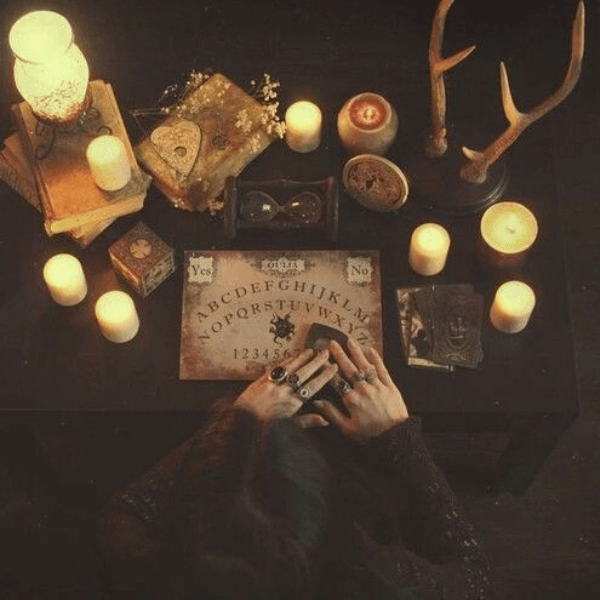
The Ouija board’s origin story begins in 1890, when Elijah Bond patented the first commercial board. But the real momentum came from Helen Peters, Bond’s sister-in-law, who allegedly asked the board what it should be called. The answer? “O-U-I-J-A.” When asked what it meant, the board replied: “Good luck.”
Despite popular belief, the name Ouija isn’t a fusion of the French “oui” and German “ja.” That’s a myth that stuck because, well, it sounds spooky. The true meaning remains a mystery—one of the board’s many enduring enigmas.
History Behind Ouija
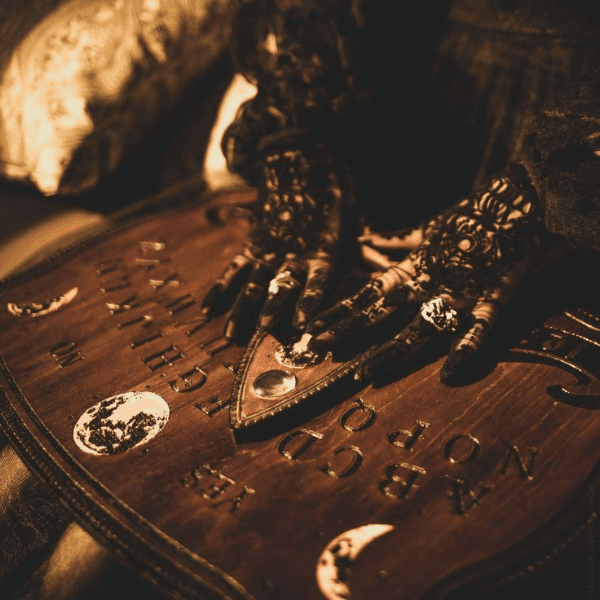
By the time World War I ended, the board had become a household item, with people using it to contact lost loved ones. In the 1920s, it was the life of the party and the guest of honor at seances. But as spiritualism waned and horror culture grew, the board’s reputation shifted from comforting to cursed.
In the 1940s and 1950s, the Catholic Church even condemned the use of the Ouija Board, labeling it a form of divination and a potential gateway to demonic forces. Religious authorities warned that meddling with the unseen could invite spiritual danger—no matter how harmless the packaging might appear.
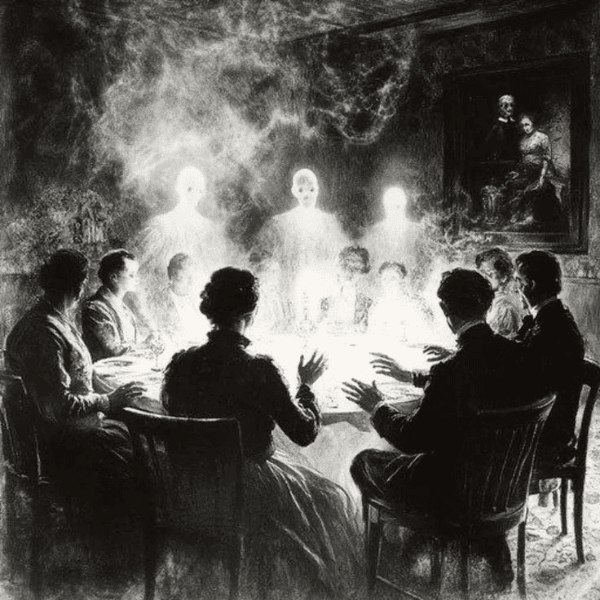
That’s also when stories of Zozo, a malevolent entity reportedly summoned through the board, began to surface. If the name Zozo spells itself out on your board… close the session immediately., a malevolent entity reportedly summoned through the board, began to surface. If the name Zozo spells itself out on your board… close the session immediately.
The Dark Side of the Board
Many ask: Are Ouija boards safe? Do they actually work? Well, that depends on who—or what—you believe in.
Psychologists attribute the board’s movements to the ideomotor effect: unconscious muscular motions that feel involuntary. But try telling that to someone whose planchette starts counting down from 9 to 0. Paranormal fans warn that such movements could mean a dangerous spirit is present.
In short: the board might just be cardboard… until it’s not.
Ouija Board 101: Rules of the Game
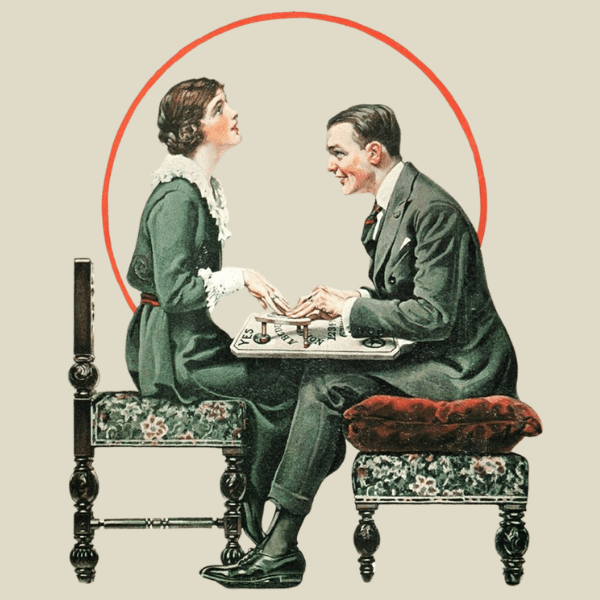
Curious enough to try? Here are the unofficial official Ouija rules to follow:
- Never play alone. Spirits love isolated energy.
- Illuminate the room with candles. Darkness attracts darker energies.
- Never mock or provoke. You don’t want to make anything angry.
- Know when to stop. End the session if you feel overwhelmed or scared.
- Always say goodbye. That’s the door-closing ritual. Don’t skip it.
- Cleanse the space afterward with sage, salt, or protective symbols.
- Never play near a graveyard.
- If you see a figure eight or the planchette moves rapidly, end the session.
Want to know what to say before playing? Keep it simple but respectful. “We welcome only kind spirits. We seek only messages of light.” Sound cheesy? Better cheesy than cursed.
Real-Life Encounters: Fact or Folklore?
While many people use Ouija boards without experiencing anything out of the ordinary, there are numerous stories of strange and sometimes unsettling experiences associated with them. Here are a few examples:
The Exorcist
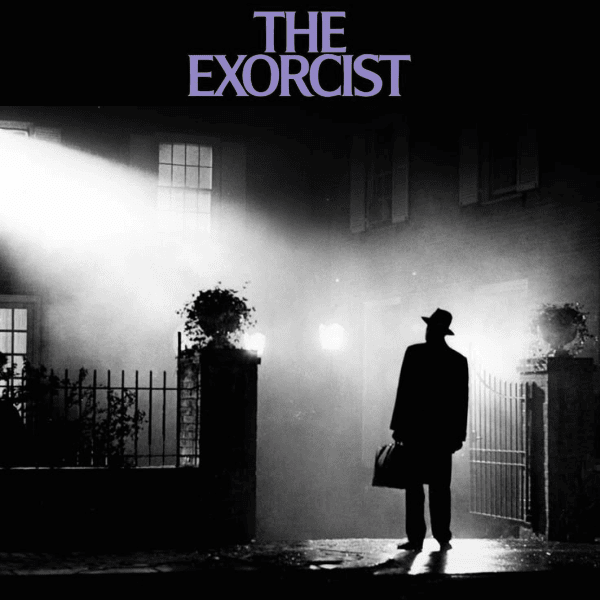
Perhaps the most famous Ouija board story is the one that inspired the movie “The Exorcist.” In 1949, a 14-year-old boy named Roland Doe (pseudonym) was said to be possessed by a demon after playing with an Ouija board. His family enlisted the help of two priests, who attempted an exorcism that reportedly lasted several weeks. The events were dramatized in the movie, which became a cultural sensation. Cue: pea soup and head-spinning.
Pearl Curran
In the early 1900s, a woman named Pearl Curran claimed to receive messages from a spirit named Patience Worth through an Ouija board. Curran had never shown any interest in writing before but went on to produce several novels, plays, and poems attributed to Patience Worth. Some researchers believe that Curran was using the Ouija board as a form of automatic writing, while others see it as evidence of paranormal activity. That’s ghostwriting—literally.
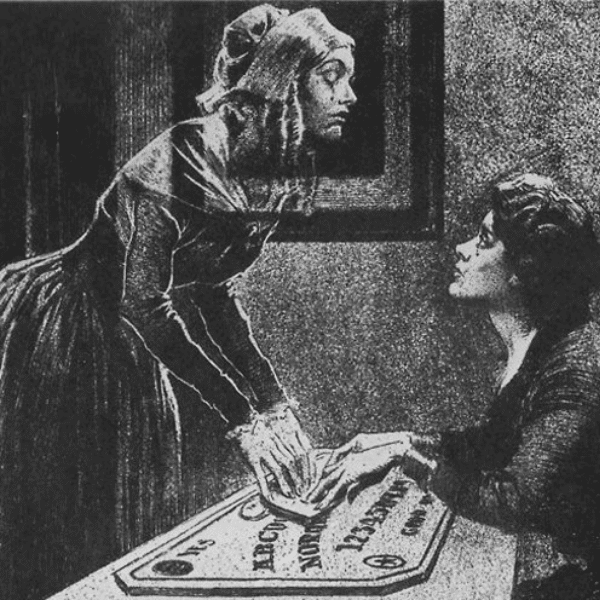
The Zozo Phenomenon
One recurring theme in Ouija board stories is the presence of a malevolent spirit or entity named Zozo. Many people claim to have had terrifying experiences with Zozo, including sudden changes in temperature, strange noises, and physical attacks. Some believers in the paranormal see Zozo as evidence of the dangers of Ouija boards, while skeptics see it as a case of mass hysteria or suggestible thinking. Think twice if the board starts repeating “Z.”
Carl Jung
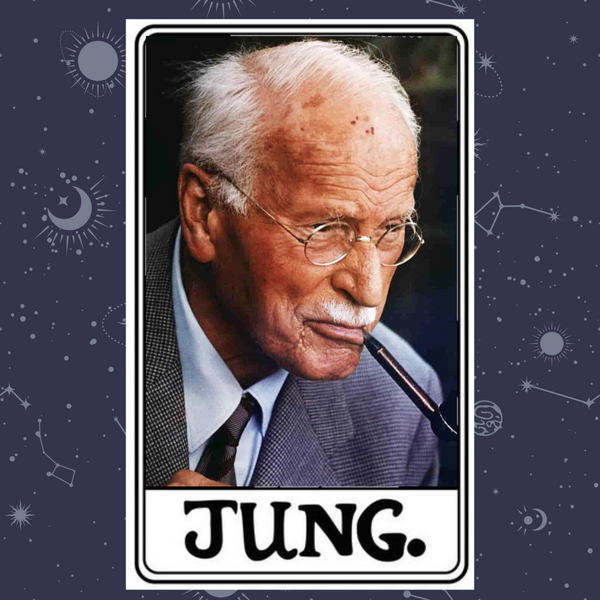
Yes, the Carl Jung. He used a spirit board to study the unconscious mind and collective archetypes—obviously. He experimented with an Ouija board in the early 20th century to explore the unconscious mind. Jung was intrigued by the board’s ability to produce seemingly random and meaningful messages and saw it as a tool for accessing the collective unconscious. However, he also cautioned against taking the board too seriously, noting that it was ultimately a product of the users’ subconscious minds.
Ouija Board and Halloween: Too Cliché?
Playing Ouija during Halloween? Go for it—but know what you’re invoking. The veil between worlds is said to be thinnest then. Whether you’re summoning spirits or just entertaining the unknown, proceed with caution.
Despite criticism, fear, and fire-and-brimstone sermons, the Ouija board persists. Why? Because humans are curious creatures. Because some say it works. Because mystery is addictive.
Even if it’s just subconscious movement, the board becomes a mirror—sometimes showing us what we didn’t know we wanted to ask.
Wearable Witchcraft
Want to wear the mystery? Ouija board necklaces and planchette pendants have become symbolic accessories, representing curiosity, rebellion, and a flirtation with the unknown. It’s not just jewelry—it’s a statement: I see beyond the veil.
Take our uniquely designed Coventum Planchette Necklace, for example—a gothic heart-shaped pendant engraved with celestial motifs, twin cats, “YES” and “NO” markers, moon phases, and a pentagram. It’s not just inspired by classic planchettes. Unlike mass-produced pieces, this design is exclusive to us. It’s wearable divination—without the haunting.
The spirit board has always been more than a game. Ouija is a doorway, a symbol of curiosity, fear, and the hunger to speak beyond the veil. If this energy stirs something in you, our ouija necklace might be your next talisman. Featuring a gothic-style planchette, this black pendant necklace carries the weight of symbolism and the spark of connection. → Ask the question. Wear the portal.
Want to Know More About the Planchette?
Curious about the deeper meaning behind the planchette symbol itself? You can explore its mysterious origins, cultural significance, and spiritual layers in our blog: Dark Communications: The Planchette History. Why? Because humans are curious creatures. Because some say it works. Because mystery is addictive.
Even if it’s just subconscious movement, the board becomes a mirror—sometimes showing us what we didn’t know we wanted to ask.
References:
- Smithsonian Magazine: The Strange and Mysterious History of the Ouija Board
- Live Science: What is a Ouija board?
- Psychology Today: The Ideomotor Effect: How Ouija Boards Work
- The Atlantic: How the Ouija Board Got Its Name
- Oxford University Press Blog: The Science and Superstition of Zozo
- Britannica: Carl Jung and the Unconscious


[…] As the veil between our world and the spirit world thins on Halloween, communication with the spirits becomes easier—if you dare. For those curious and brave enough, employing a Ouija board could serve as a conduit to the other side. Ensure you set protective boundaries and approach with respect to experience this mysterious communication safely. For the ouija board user guide, check out this article. […]